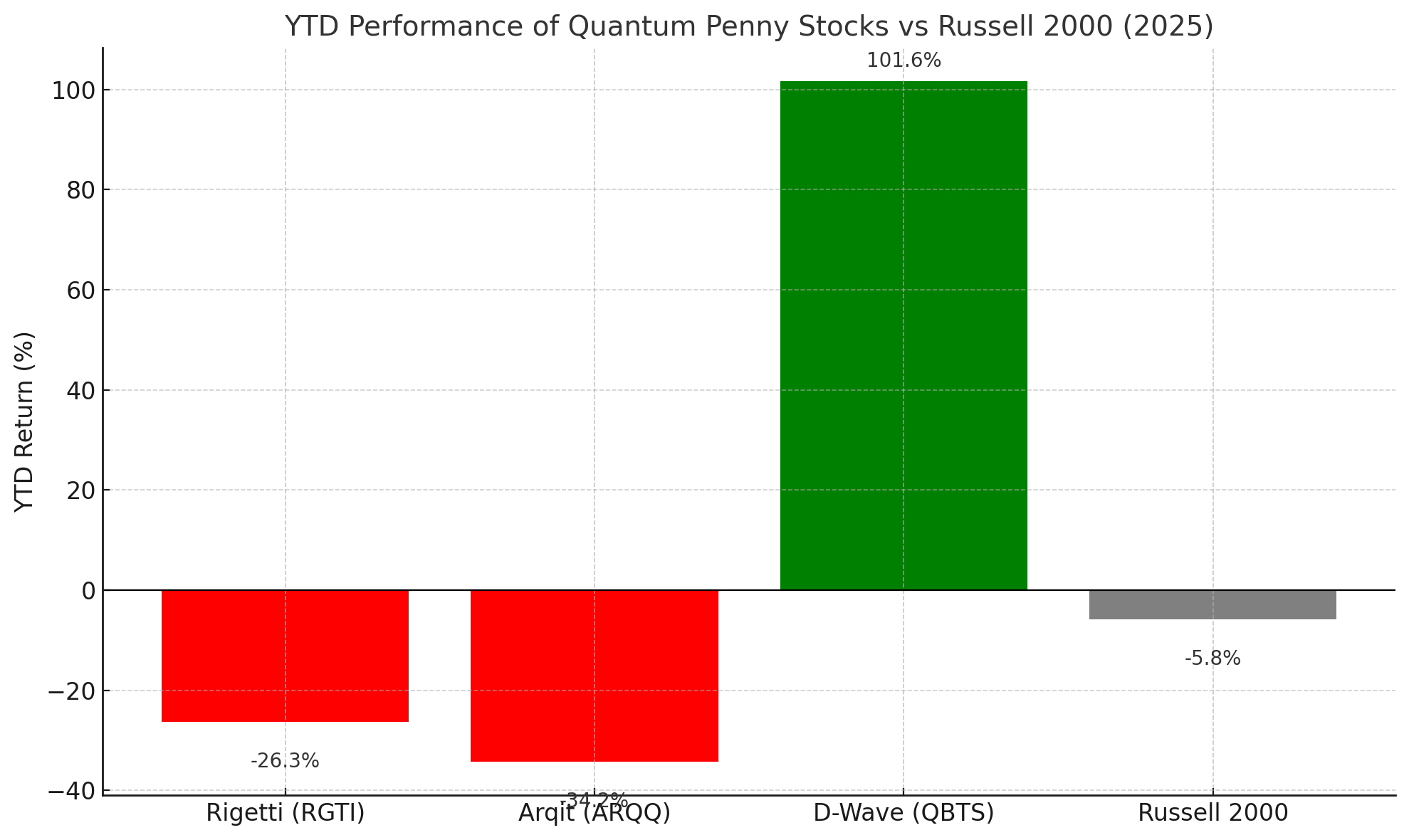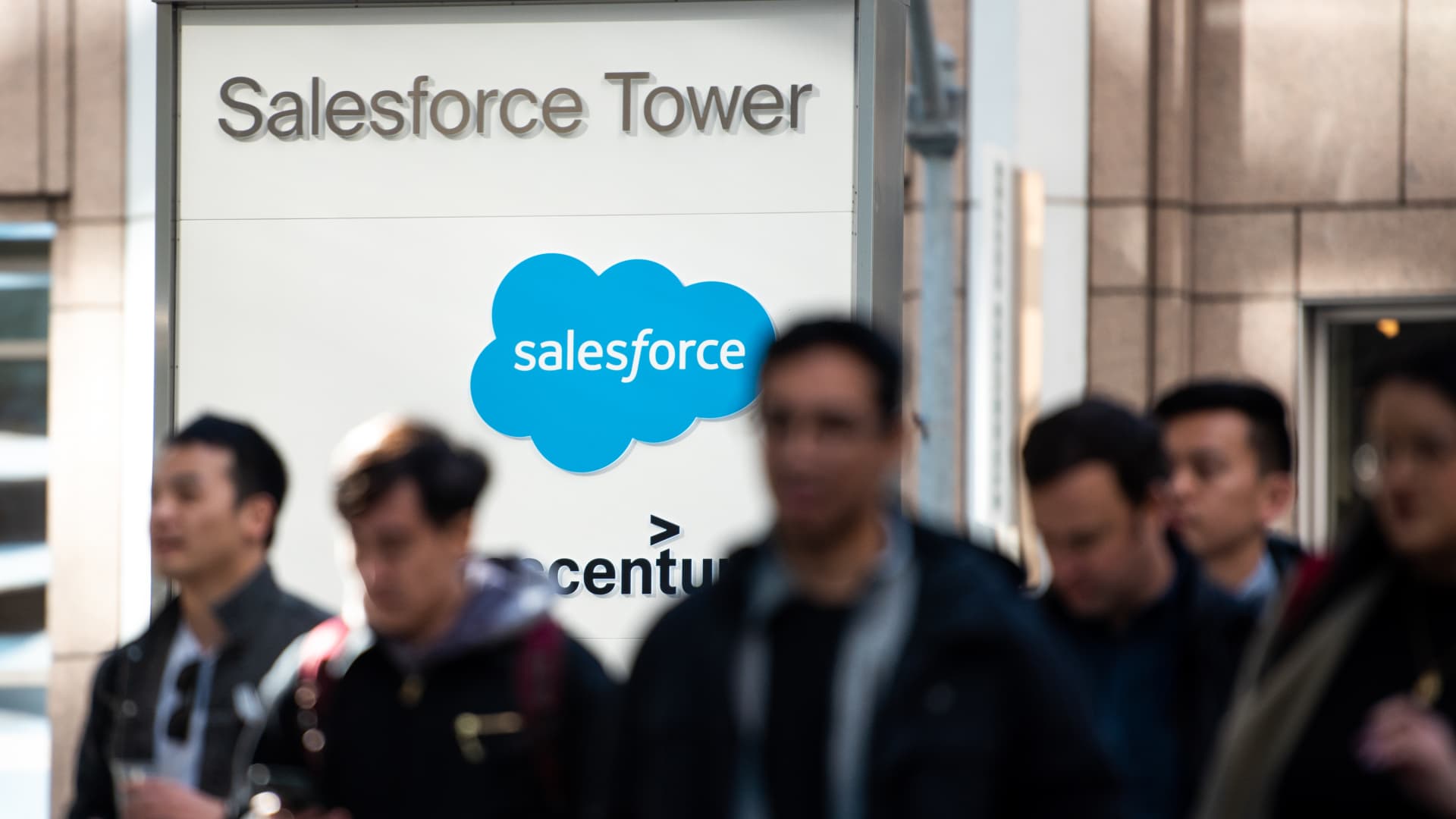I’ve written two relatively recent articles on the economy. The first summarized Lauren Baker of ITR Economics keynote address at BPCON 22. She concluded that signs point to a potential soft landing in the economy—the aversion of disaster. Great news!
Or not.
I discussed the potential that the throttling of commercial credit markets could crash-land this potential soft landing.
In my second article, I talked about the implications of the credit cycle. I overviewed Howard Marks’ thoughts on the potentially disastrous impact of a restricted credit market. We discussed the characteristics of a generous credit market as well as a tight one. We reviewed the possible impact on the economy and what could go right or wrong.
This article will review how to invest in great deals in any market. Remember. Howard Marks said that the best deals are made in the worst of markets. He’s not wrong.
I don’t know if we are going into a bad market. However, it is possible. And if that happens, many of us will find opportunities that we have been longing for during this roaring past decade.
The Commercial Real Estate Value Proposition
Another famous investor, Nathan Rothschild, said, “the time to buy is when there’s blood in the streets.”
I want to discuss the power of investing in intrinsic value. Warren Buffett looks for this. So do other investors like John Templeton, Howard Marks, and more. Many of these investors were profiled in a wonderful book by William Green: “Richer, Wiser, Happier: How the World’s Greatest Investors Win in Markets and Life.” I highly recommend this book.
Michelangelo also looked for intrinsic value. Yes, I’m talking about the sculptor Michelangelo. Rather than take a deep dive on that, I’ll refer you to my article here.
Warren Buffett learned from his mentor, Benjamin Graham, that finding unexplored or unrecognized intrinsic value is the strategy to reliably build wealth. This works in the stock market, real estate, and everywhere in life. Warren Buffett famously said, “price is what you pay, value is what you get.”
Yes, I am talking about value investing in real estate. As many of you know, Jeff Bezos reportedly removed the lightbulbs from all of Amazon’s vending machines. Why did he do this? Because he couldn’t see the point in wasting electricity, manpower, and a light bulb to advertise Lance snacks or whatever company had the sign on the vending machine.
Bezos knows the power of a dollar. One dollar saved or added to the bottom line every month translates to $12 per year. The current price-to-earnings ratio at Amazon has hovered in the vicinity of 100 for several years.
This means that $12 added to their net annual income translates into over $1,200 in wealth for Bezos and his collective Amazon investors. Pretty cool to think of leveraging $1 into over $1,200!
Commercial real estate works much the same way. Here is a graphic to show you what I mean:
So how can one dollar of additional net operating income in commercial real estate translate into additional wealth? Let me give you seven examples:
- Fill 15 vacant apartments at $825/unit? translates to $12,375/month = $148,500/year divided by 6% cap rate = $2.475M (potential increased value).
- Save $35/client per month on water bills * 125 units translates to $4,735/month = $52,500/year = $875K potential increased value.
- Raise mobile home lot rent by 5% = $15/month * 300 spaces? translates to $4,500/month = $54K = $900K potential increased value.
- Spend $100K to add paid outdoor storage at $10K/month = $120K/year = $2M potential increased value (over 100% annual ROI). ?
- Add U-Haul at $3,000/month ?= $36K/year = $600K potential increased value.
- Add point-of-sale Items in self-storage at $1,000/month? = $12K/year = $200K potential ?increased value.
- Add insurance and late fees in storage at $5/month * 800 storage units = $4,000/month = $48,000 = $800K potential increased value.
Where Do You Find Value in Real Estate?
You can find value in many different arenas. A friend of mine and expert investor, Eric Eickhof, is a real estate broker in Minnesota. He showed me how to buy a 4-bedroom house near the University of Minnesota’s campus for $400,000 and rent it out for over $4,000 per month.
How? By furnishing the house and renting it to seven individual students. This is an example of intrinsic value creation. Eric saw in the house a potential that many other investors missed.
Airbnb offers a similar opportunity. Many people buy a single-family rental that would rent for, say, $1,200 per month and more than double it by furnishing it and renting it out on Airbnb or VRBO.
Another investor friend of mine, Whitney Hutten, told me a story about how she bought an $80,000 RV and rented it on Outdoorsy. She cleared $40,000 in six months last summer. Even RVs can have intrinsic value!
We like to find hidden intrinsic value in assets that are dominated by mom-and-pop operators. These may include self-storage, mobile home parks, RV parks, and more.
Self-storage, for example, has lots of value-add opportunities. These may include adding U-Haul rentals. It may include adding a showroom and selling items like scissors, boxes, tape, etc. It may include graveling or paving the six vacant acres out back to add boat and RV storage.
Mobile home parks have excellent upside as well. The best value-add I have seen in mobile home parks is filling in vacant lots with new or used mobile homes. Most mom-and-pop operators can’t afford or don’t care to do this. It involves a lot of capital expenses, as you can imagine. But it can provide massive upside to a professional operator who acquires a park from a mom-and-pop.
RV parks have similar opportunities, especially right now, considering Covid-19’s acceleration of the already growing camping trend. There was a fivefold increase in new RV campers in 2020 versus the previous record year of 2010. This trend has continued to accelerate since then, and it’s pushed forward by Outdoorsy and RVShare sites that allow RV owners to turn their vehicles into rolling rental units. Pretty powerful—and fun.
My favorite strategy starts by acquiring a diverse but similar group of mom-and-pop assets. Professionalize them by adding marketing, improving operations, and more could increase their net operating income.
Putting this previously diverse group of professionalized assets into a portfolio to sell to an institutional buyer is the crown jewel of this strategy. A professional buyer like a REIT or an insurance company will often pay a premium for a portfolio of assets like this.
One More Tactic for a Market in the Tank
Cash.
I poked fun at Dave Ramsey in my first article in this series. But he would love this sub-point (I hope he reads this).
Having investable cash available is a powerful tactic to pick up deals when debt is hard to come by. These may be bank foreclosures, panic sales, or any number of opportunities.
We real estate investors love to invest using leverage. Since real estate is a hard asset, it is unlikely to lose all of its value. Even less likely than crypto! (That was a stupid joke).
But there is a great advantage to having cash available to scoop up great assets of all types in a down market. Howard Marks made billions for himself and his investors in the last downturn.
Oaktree was buying up to about half a billion in distressed assets weekly in the autumn of 2008. A reporter said, “You’re not buying, you’re actually selling now, right?” Marks replied: “No, we’re buying! If not now, when?”
Warren Buffett has been widely criticized for the amount of cash he’s kept in reserves for many years. He hasn’t had under $100 billion in cash for years. Does he know something we “smart investors” have missed?
Perhaps the very best strategy is to have cash reserves available to find assets laden with intrinsic value. A potential one-two punch in any market and asset class.
Summary
How do you find great investments in any economy or credit cycle? This may not be a surefire formula, but I love the way Warren Buffett created value in his acquisitions at Berkshire Hathaway. We real estate investors can go and do likewise.
Fun fact: did you know that Warren Buffett’s Berkshire Hathaway could lose about 99% of its value and still beat the S&P 500 over the last 60 years? It’s true and is explained in this Forbes article.
We can create and harvest great opportunities in any economy or cycle. In times when credit markets are crunched, however, you might have to get a little creative.
What are your thoughts on this intrinsic value strategy? Are you reserving any cash for potential deals?
Find an Agent in Minutes
Match with an investor-friendly real estate agent who can help you find, analyze, and close your next deal.
- Streamline your search.
- Tap into a trusted network.
- Leverage market and strategy expertise.
Note By BiggerPockets: These are opinions written by the author and do not necessarily represent the opinions of BiggerPockets.
















